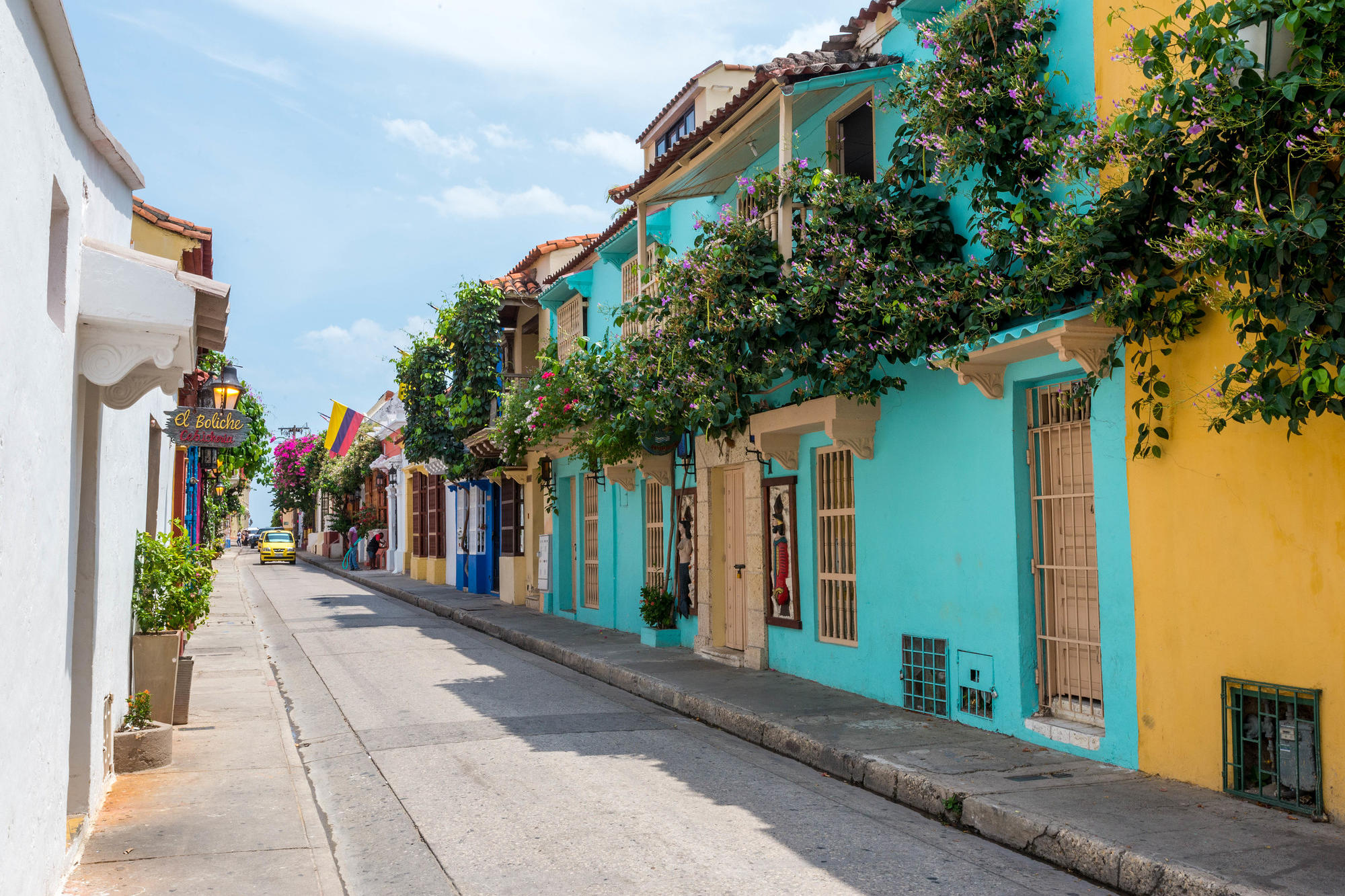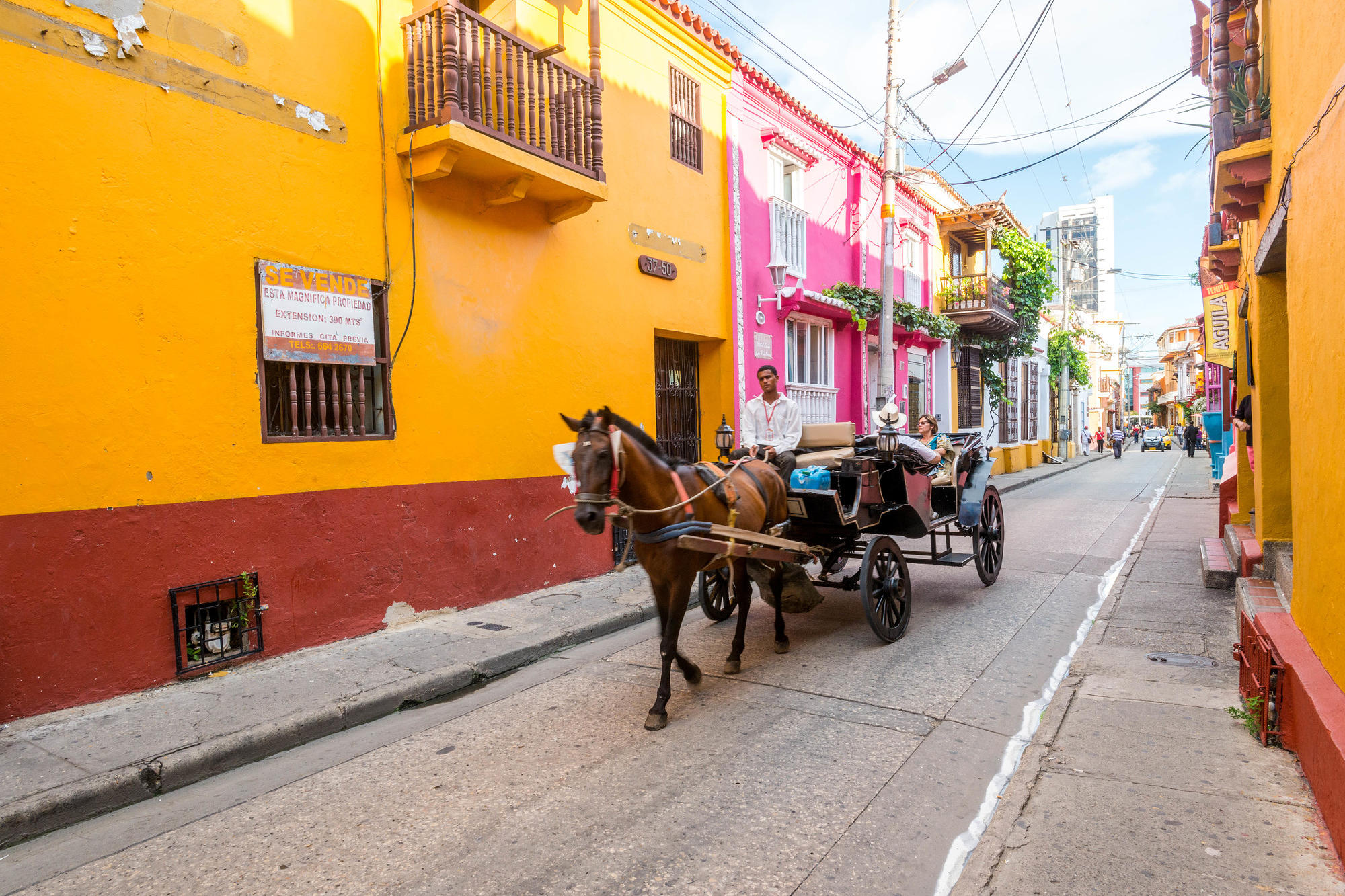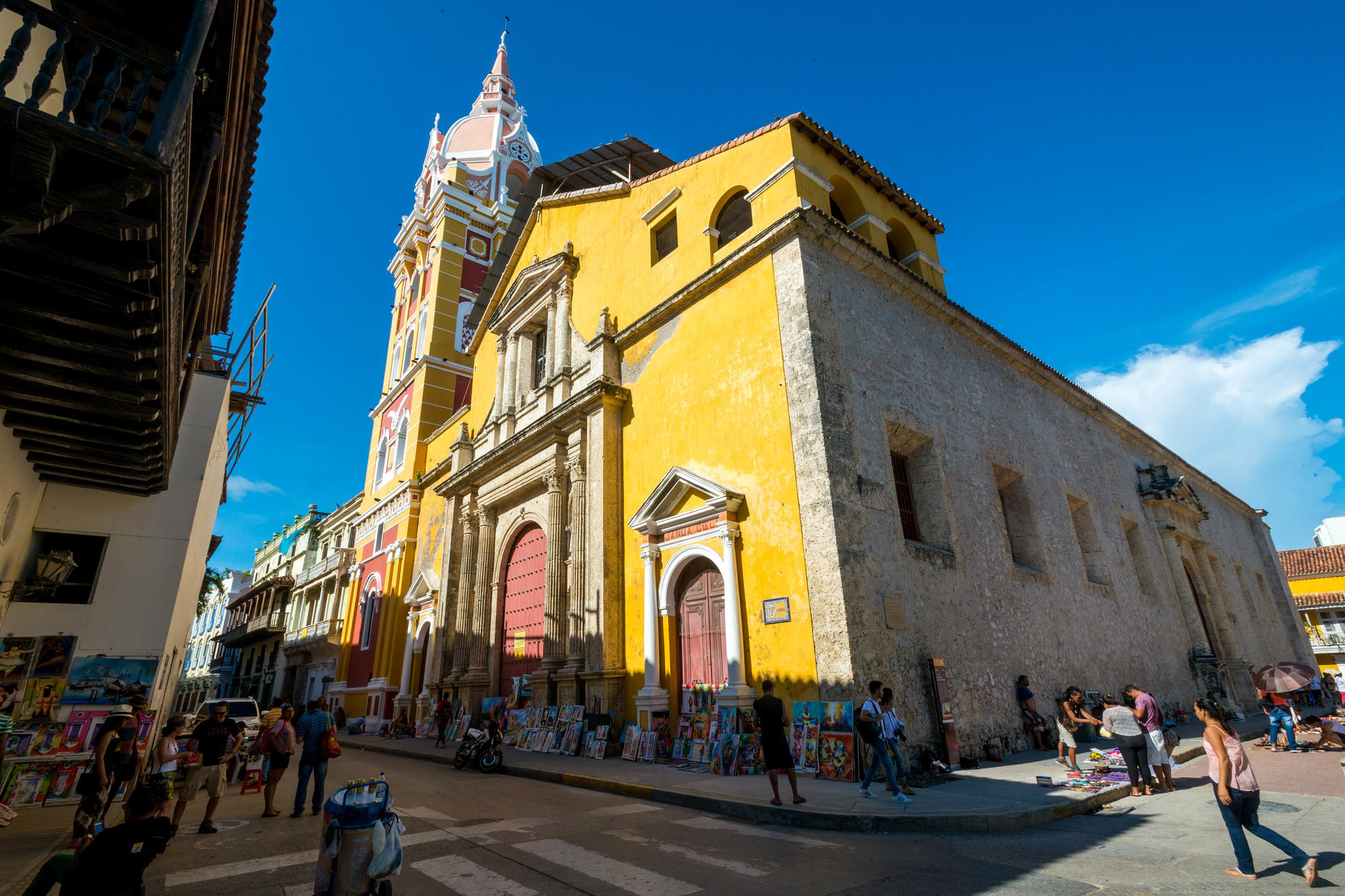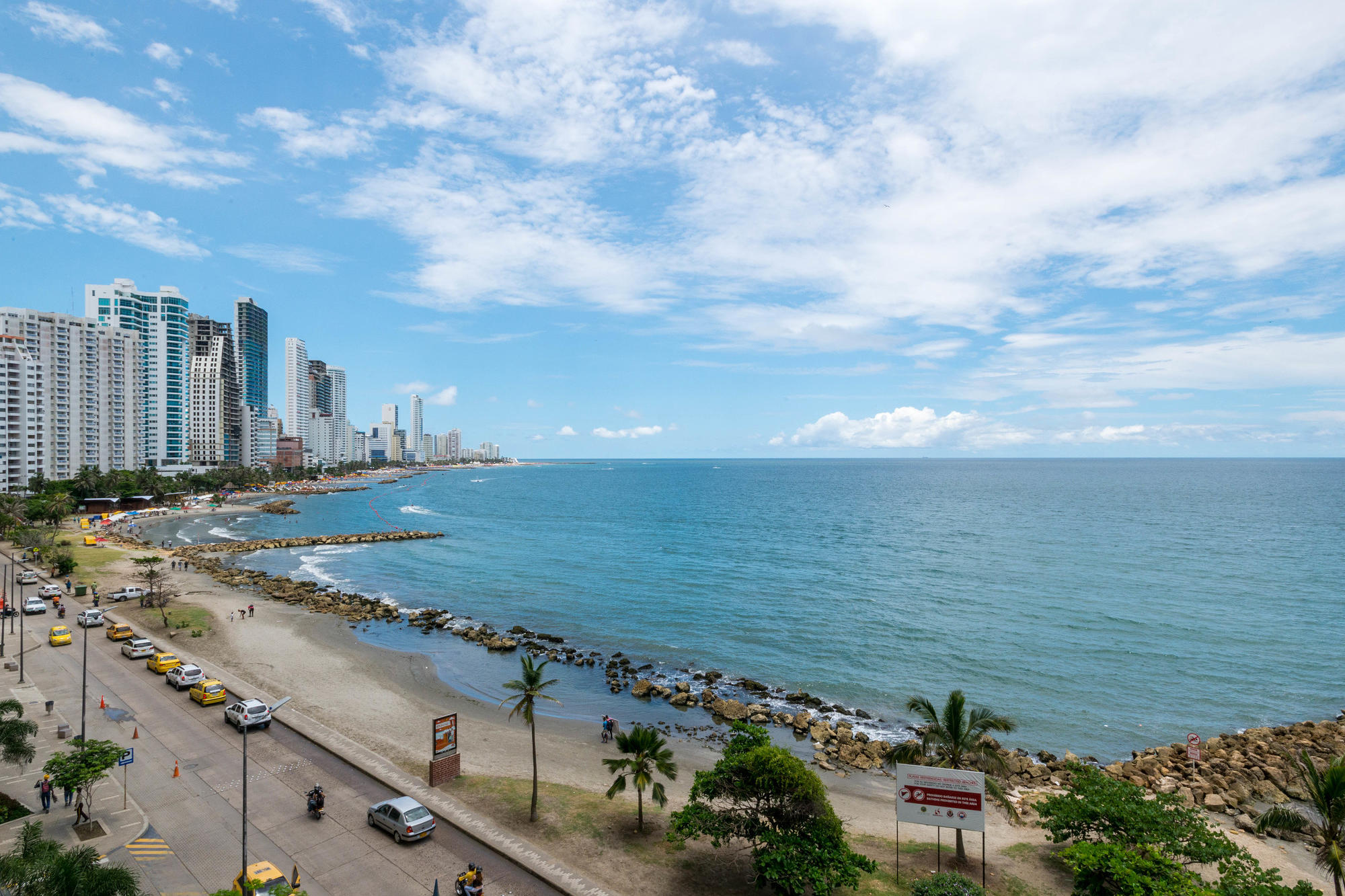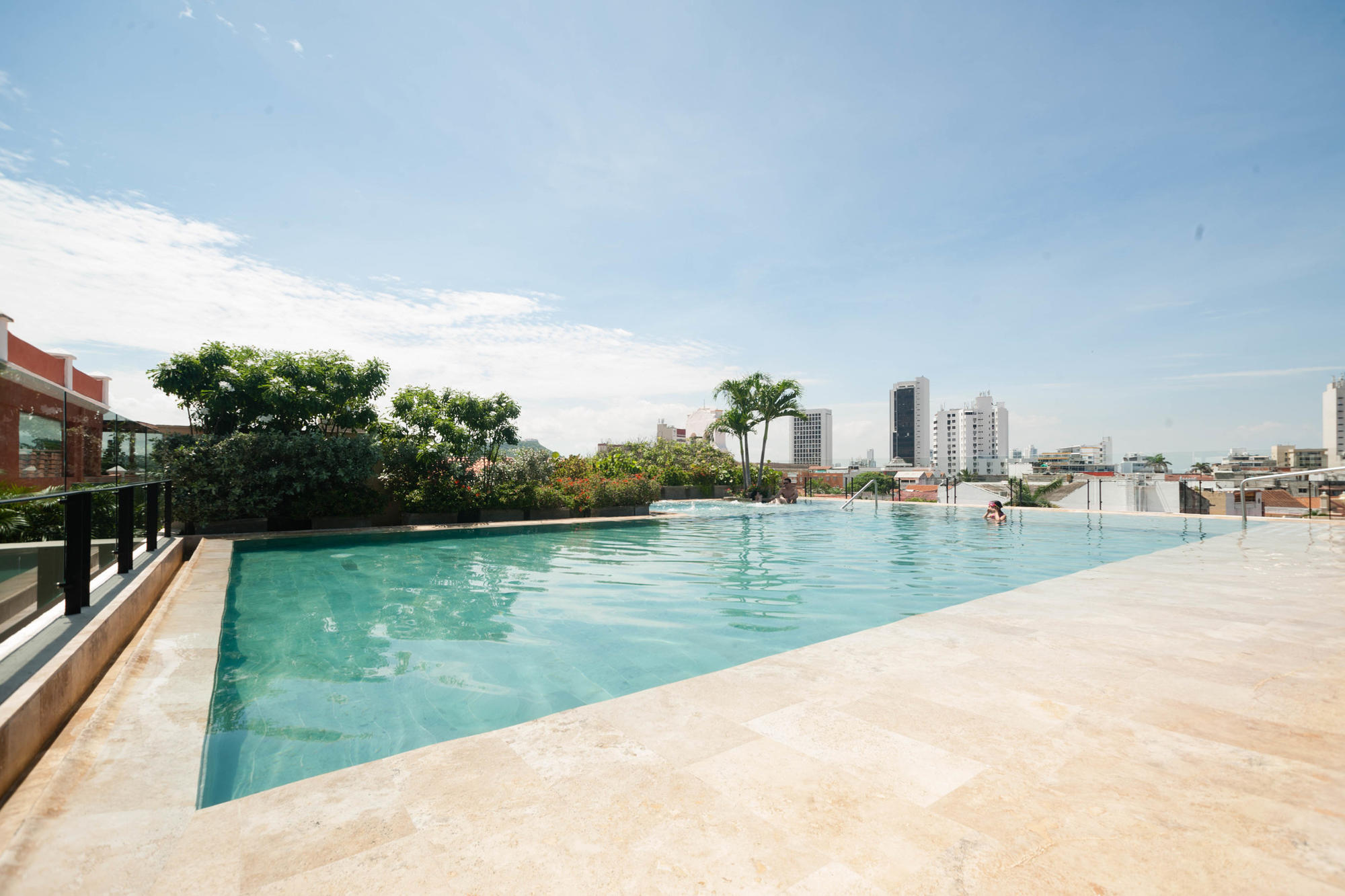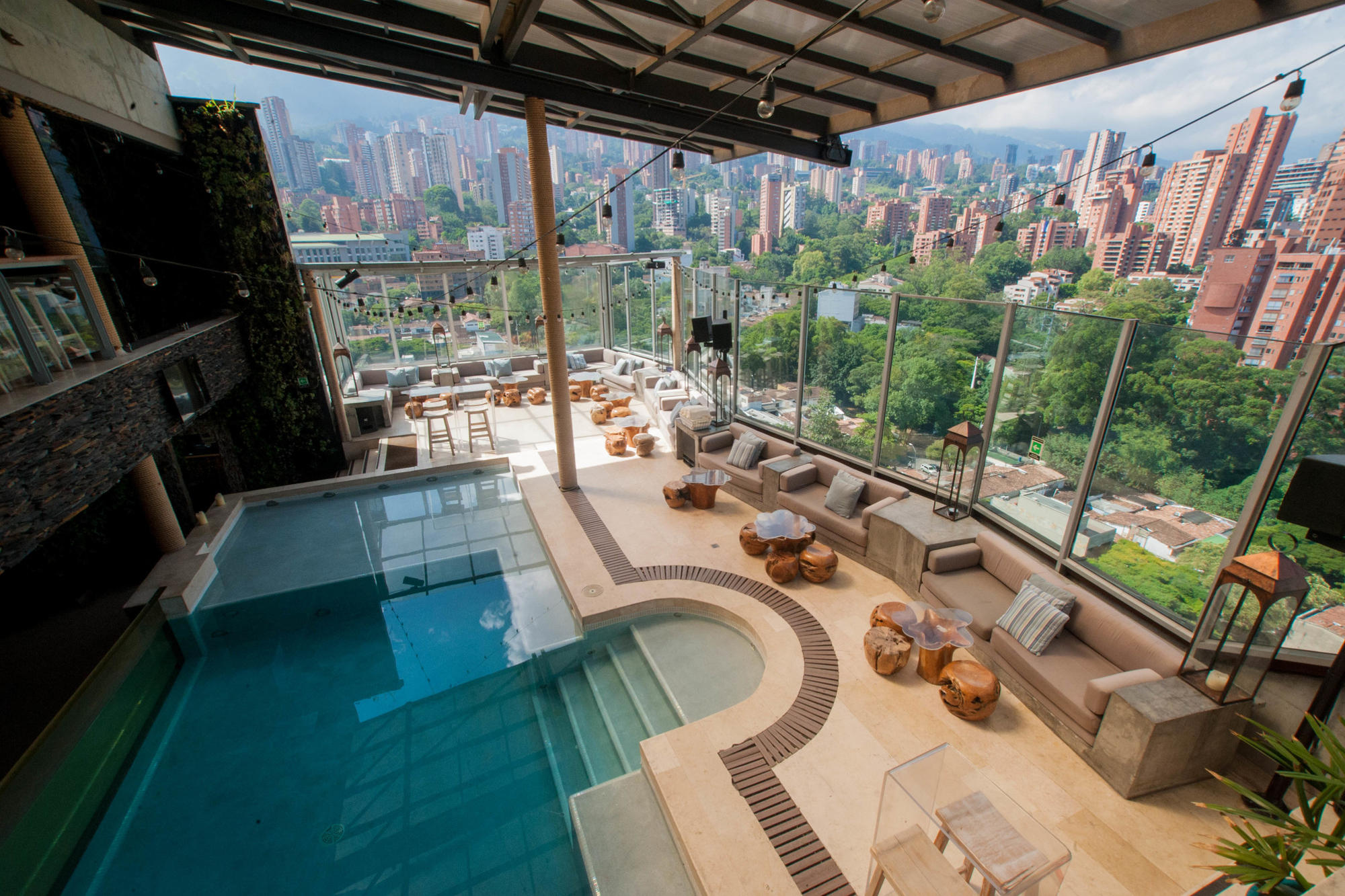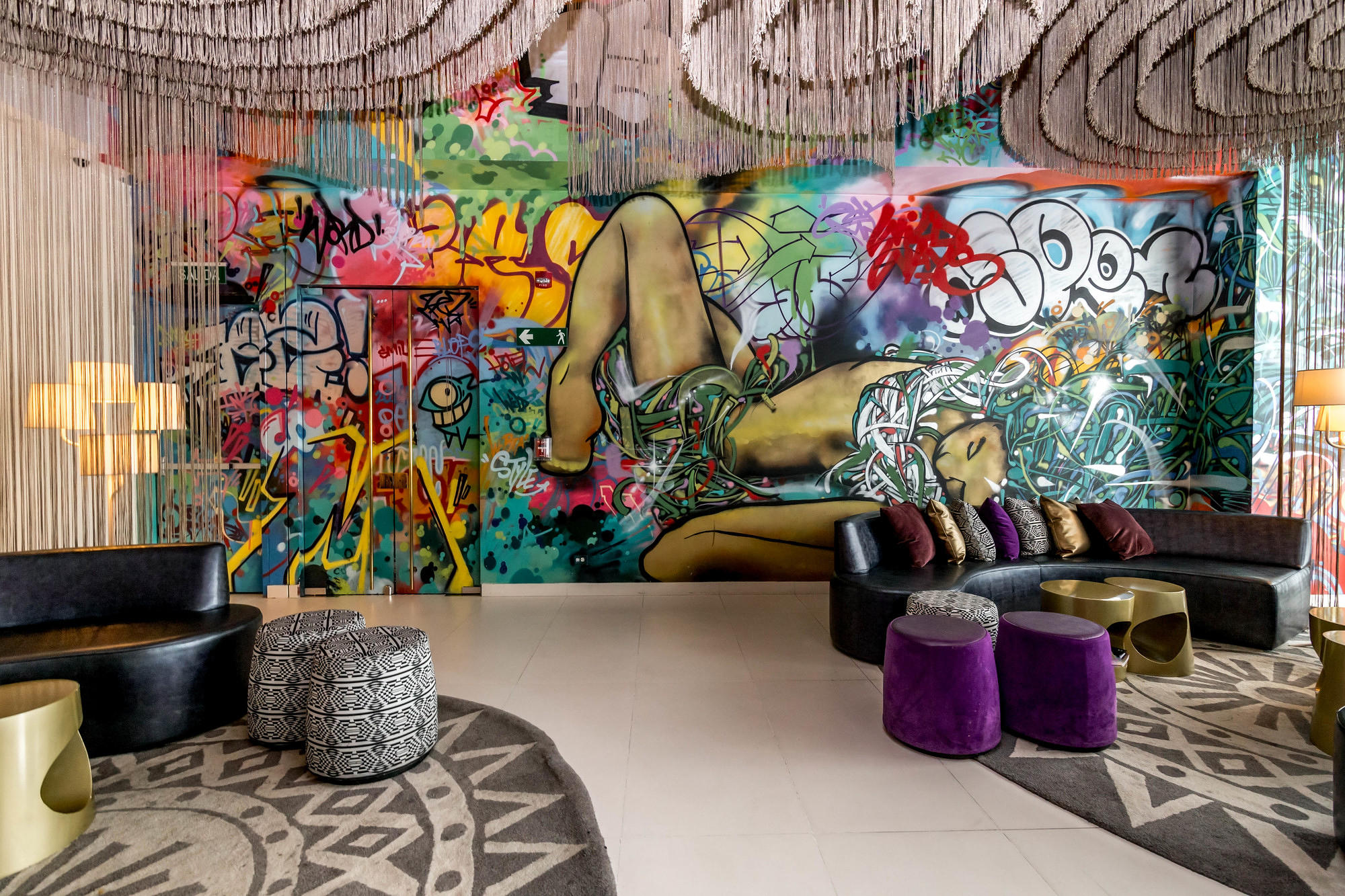The dynamic nation of Colombia is emerging on many travelers’ radar. For one, Colombia’s location along the equator supports significant biodiversity as well as many landscapes, including pristine beaches, lush rainforests, and towering peaks. Meanwhile, its metro areas blend old-world colonial charm with a pulsing nightlife scene and urban grit. However, Colombia’s recent surge in popularity comes after a very recent conflict that extends back half a century. For prospective international visitors, it can be challenging to separate the hearsay from legitimate facts, especially among folks with different comfort zones and travel experience. With that in mind, we’re going to break down Colombia’s recent conflict and current situation, plus provide travel tips for visiting this remarkable country.
Understanding Colombia’s Complicated Past
Colombia’s armed conflict has seen an estimated 220,000 casualties and more than seven million refugees over five decades. The war’s origins can be traced back to 1948, when Liberal presidential candidate, Jorge Eliécer Gaitán, was assassinated. This was followed by a decade of turmoil, violence, and internal displacement that resulted in an agreement by the Liberal and Conservative parties known as the National Front. The deal made provisional plans to alternate power between the two parties every four years until 1974. However, alt-left and alt-right groups were not part of this agreement, which further fueled resistance among rural farmers and growing guerilla forces. The most notorious of Colombia’s guerilla groups, the Revolutionary Armed Forces of Colombia (commonly known as FARC), was established by alt-left rebels in the same era. From the 1980s through the mid-to-late 2000s, FARC organized and expanded its guerilla forces to become a notorious drug-trafficking, proficient kidnapping group that clashed in open combat with Colombian armed forces. As civilian and military casualties increased, the Colombian government ramped up peace negotiation efforts. After years of failed attempts, President Juan Manuel Santos and FARC’s leadership finally signed a peace agreement in November 2016.
What Is It Like to Visit Colombia Today?
Much of the violence has subsided following the negotiations between the Colombian government and FARC. The worst incidents since the peace accords have involved the National Liberation Army (ELN), a communist rebel group with under 3,000 members. Their targets have primarily been Colombian police and military personnel, such as the Barranquilla police station bombing, which took the lives of five officers and left dozens more injured. Additionally, Colombia’s murder rate has dropped significantly to 24.4 per 100,000 people — the lowest since 1974. These improvements have coincided with notable tourism increases, too, as Colombia received around six million foreign visitors in 2017. Tourism, along with formalizing land ownership for farmers, are essential components to Colombia’s post-conflict economic development plans. The latter is another root cause of current conflict in rural areas, as remaining cartels and rebel groups are targeting community organizers in the fight to maintain coca cultivation.
Anyone who has visited Colombia can attest to the heartwarming hospitality and rich culture found here. Although it’s still common to see military throughout the country, their presence is reassuring and helpful, especially if you need directions or information in a pinch.
Tips for Traveling Safely in Colombia
Although violence has largely subsided, it’s advisable to take precautionary measures to keep you and your property safe while traveling in Colombia. In the largest cities like Bogota and Medellin, income inequality is quite staggering, increasing the likelihood of petty crime and theft. During the day, it’s certainly fine to pull out your iPhone or camera to snap photos at attractions like the Iglesia de San Francisco in Bogota or the street art in Medellin’s La Comuna 13. By night, however, stow these pricey electronics at home or securely in your pocket. The same advice goes for carrying credit cards, as pocketing a handful of larger peso bills should be plenty for a feast of arepas, empanadas, or ajiaco. At night, it’s worth booking an Uber, especially if you’ve indulged in some cervezas. Taxi scams aren’t entirely uncommon, whether that means hiking up the fare price or driving passengers to an unfamiliar part of town for a staged robbing at an ATM. Night buses are a popular transportation choice — and for the most part, they are quite reliable. Before departing, be sure to consult the company’s safety record, which they are legally obligated to post at the bus ticket counter.
Areas to Avoid in Colombia
Unfortunately, some regions in Colombia are still within the territory of ELN and other remaining paramilitary groups. These areas include several departments on the Colombian border and portions of the southwest coast which are advantageous for smuggling narcotics abroad. These include Norte de Santander and Arauca on the Venezuelan border, Chocó near the Panamanian border, and Nariño in southwestern Colombia. Colombia is roughly twice the size of France, so this still leaves plenty of territory to pack in a multi-week itinerary.
So, Should You Visit Colombia?
Colombia can be a safe destination, if approached wisely. The U.S. State Department has given Colombia a Level 2 travel advisory, meaning that visitors should exercise increased caution while visiting. For comparison, Indonesia also has a Level 2 advisory, while Nicaragua has been elevated to a Level 3. Furthermore, tourist dollars can meaningfully contribute to Colombia’s economic recovery, especially for working class residents.
Your options abound in this sizable, diverse country. Nature lovers have plenty of hikes, beaches, and adventure activities at their disposal. Unforgettable experiences include hiking to the lost city of Ciudad Perdida in the jungle of the Sierra Nevada de Santa Marta mountains, conquering the high altitude in the scenic El Cocuy National Park, and traversing the dramatic red cliffs in the Tatacoa Desert. Colombia’s Pacific coast boasts whale watching and excellent surfing, while the Caribbean coast is home to placid, turquoise waters and white-sand beaches. Don’t avoid Colombia’s cities either, including Cali’s salsa clubs, Cartagena’s preserved colonial architecture, Medellin’s art scene, and bustling Bogota.
Our Top Picks for Hotels in Cartagena
Bastion Luxury Hotel is an excellent option for travelers seeking Old World charm and modern comforts. With 51 rooms, Bastion is one of the larger upscale hotels in the walled city, and has top-notch features such as a rooftop pool, an acclaimed on-site restaurant, a small spa, and a fitness center. Another great option is Hotel Casa San Agustin. Here, a stunning interior courtyard with a mosaic tile pool and a gorgeous rooftop with city views are real highlights, but the property’s best amenity is its acclaimed on-site restaurant, Alma. The fine-dining restaurant and its upscale bar are widely considered some of Cartagena’s best, and reservations are nearly impossible to come by.
Our Top Pick for a Hotel in Medellin
With its trendy, design-oriented interiors and popular rooftop bar — complete with a sexy aquarium-style pool and regular DJ — this luxury boutique hotel is a mainstay for party-loving tourists. The hotel offers a wealth of on-site facilities, including a fitness center with an outdoor hot tub and a variety of fitness classes. Chic guest rooms have extra-large furnished terraces that function as living rooms, plus some have outdoor hot tubs. The location in Medellin’s nightlife district means there are plenty of dining options, bars, and art galleries nearby. Noise is unavoidable, but if you’re staying at The Charlee, you’re likely looking for a party.
Our Top Pick for a Hotel in Bogota
The 168-room W Bogota could easily be considered one of the most chic properties in the area. It offers everything you could possibly expect of a W, from a stylish spa to a killer bar and lounge. Plus, the on-site, farm-to-table restaurant is perfect for anyone craving a slightly calmer space within the hotel. Overall, it’s a great option for those seeking a luxury stay in the heart of the city.
You’ll Also Like:
- 12 Rookie Mistakes to Avoid on Your Colombia Vacation
- Colombia vs. Peru: Which South American Country Should You Choose?
- 6 Reasons Why You Should Add Cartagena to Your Bucket List
All products are independently selected by our writers and editors. If you buy something through our links, Oyster may earn an affiliate commission.
